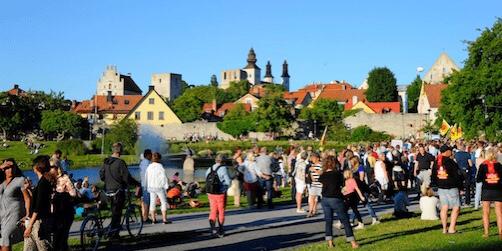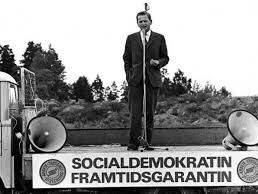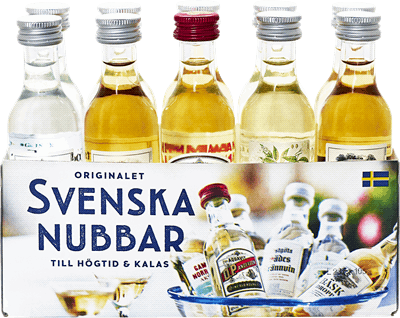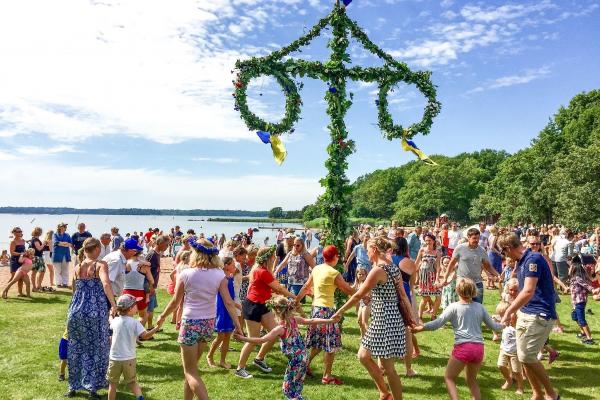When I was at the open-air museum Skansen, I heard a story about trolls. This got me thinking about other mythological creatures and monsters that inhabit Sweden. And a new series was born!
Today – Storsjöodjuret.
This monster is thought to inhabit the depths of Storsjön, a 300m deep lake in county Jämtland in the middle of Sweden. It has several names in English, such as Storsie, a play on the name Nessie – the more-famous Loch Ness Monster in Scotland.
This Swedish lake monster is first mentioned in a 1635 manuscript. Later folk legends claimed the Great Lake monster was created by trolls and that it was a cat-headed creature with a black snake-like body.
There have been around 500 people who have claimed to have witnessed the beast since the 19th century, giving varying details, some claiming a dog-like head, others saying it has humps and fins. Its average length is said to be around 10m. The most recent sighting was 2008, when a film crew claimed to have captured it on film.
On the southernmost tip of Lake Storsjön lies Svenstavik. Inside the local library there is an interactive research and visitor´s center for all curious to know more about the monster. The center is always standby in case there is a monster sighting via the monitors on the bottom of lake Storsjön. There are also films of true witnesses telling their stories.
At the museum Jamtli in Östersund visitors can go sliding through the belly of Storsjöodjuret downstairs to the exhibitions. In the Storsjöodjurs exhibition there are, among other things, the giant iron trap that was once used to attempt to catch the Storsjöodjur. The trap was then baited with a pig, but with no success.
There are 8 official Monster Observation Spots around the lake, positioned in places where eye witnesses have claimed to have seen the beast.
So is it true or not? Who, knows.. but despite the viewings and the legends, Swedes are not afraid to bathe in the lake. One of the most popular spots is Trönö Sandy Beach 30km outside Söderhamn.
Although people seem to believe that the monster is friendly, and rather shy, would you bathe there?















